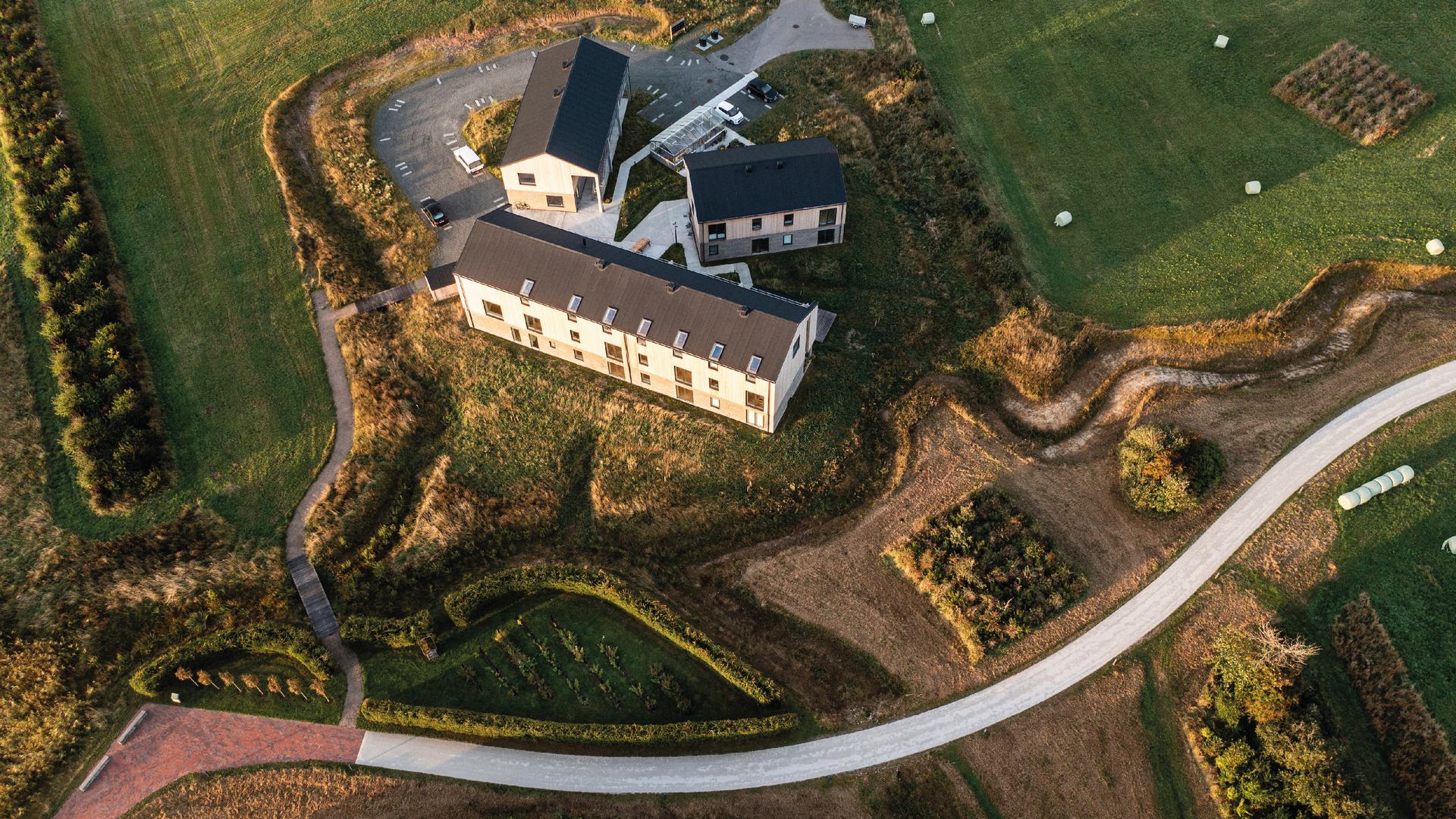
The architecture supports communities
One of the biggest mental health issues in Denmark is loneliness, especially among adults. In fact, almost 600,000 Danes over the age of 16 feel a high degree of loneliness. Much research suggests that the key to combating loneliness and creating better lives is community. This is where architecture can play a key role in strengthening the community. In the senior living community, Havtorn, in Ringkøbing, the architecture is based on different communities by integrating homes and common areas with each other to make spontaneous meetings a natural part of the residents' everyday lives. For residents, community contributes to a sense of belonging and safety in Havtorn.
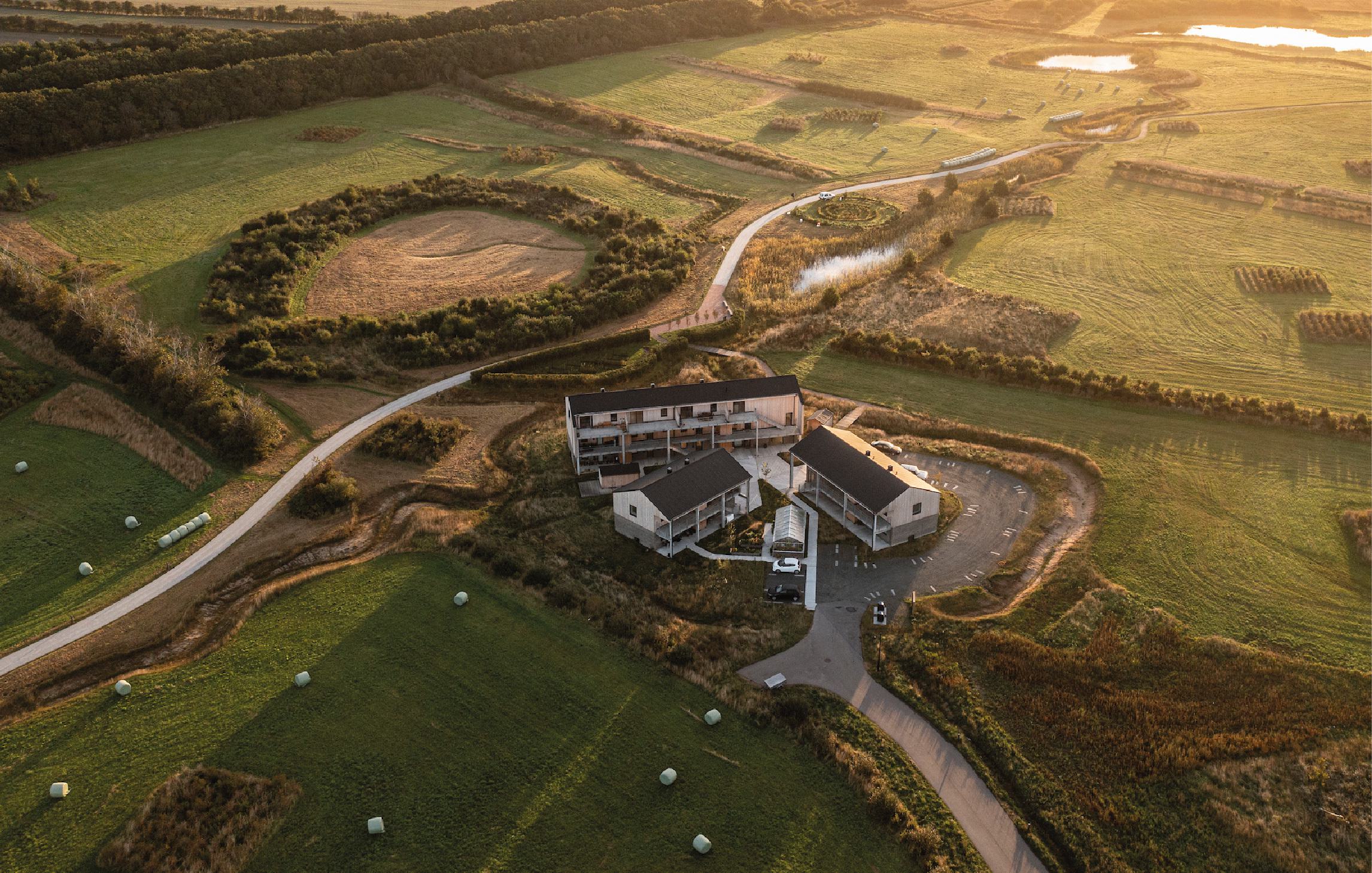
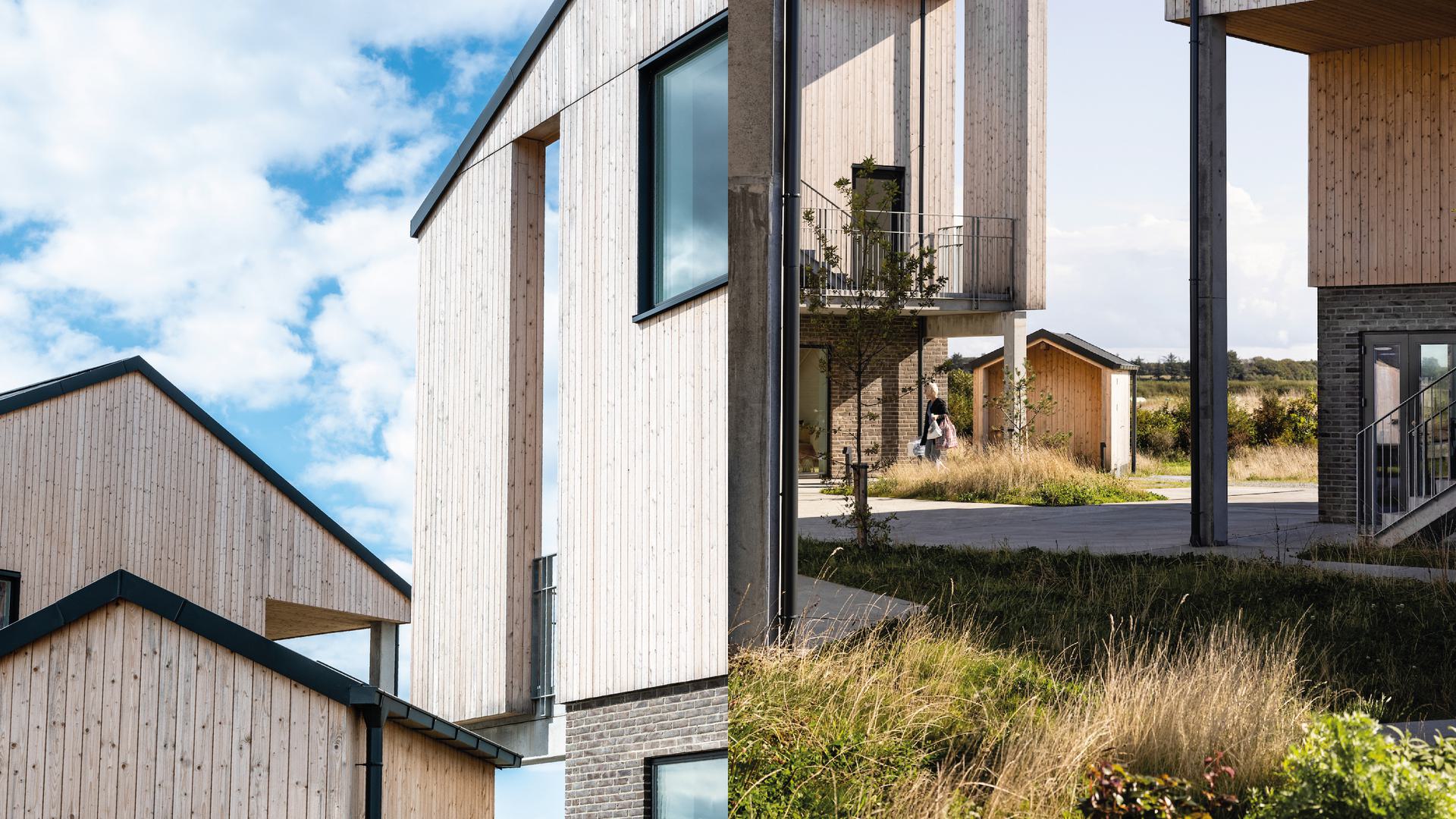
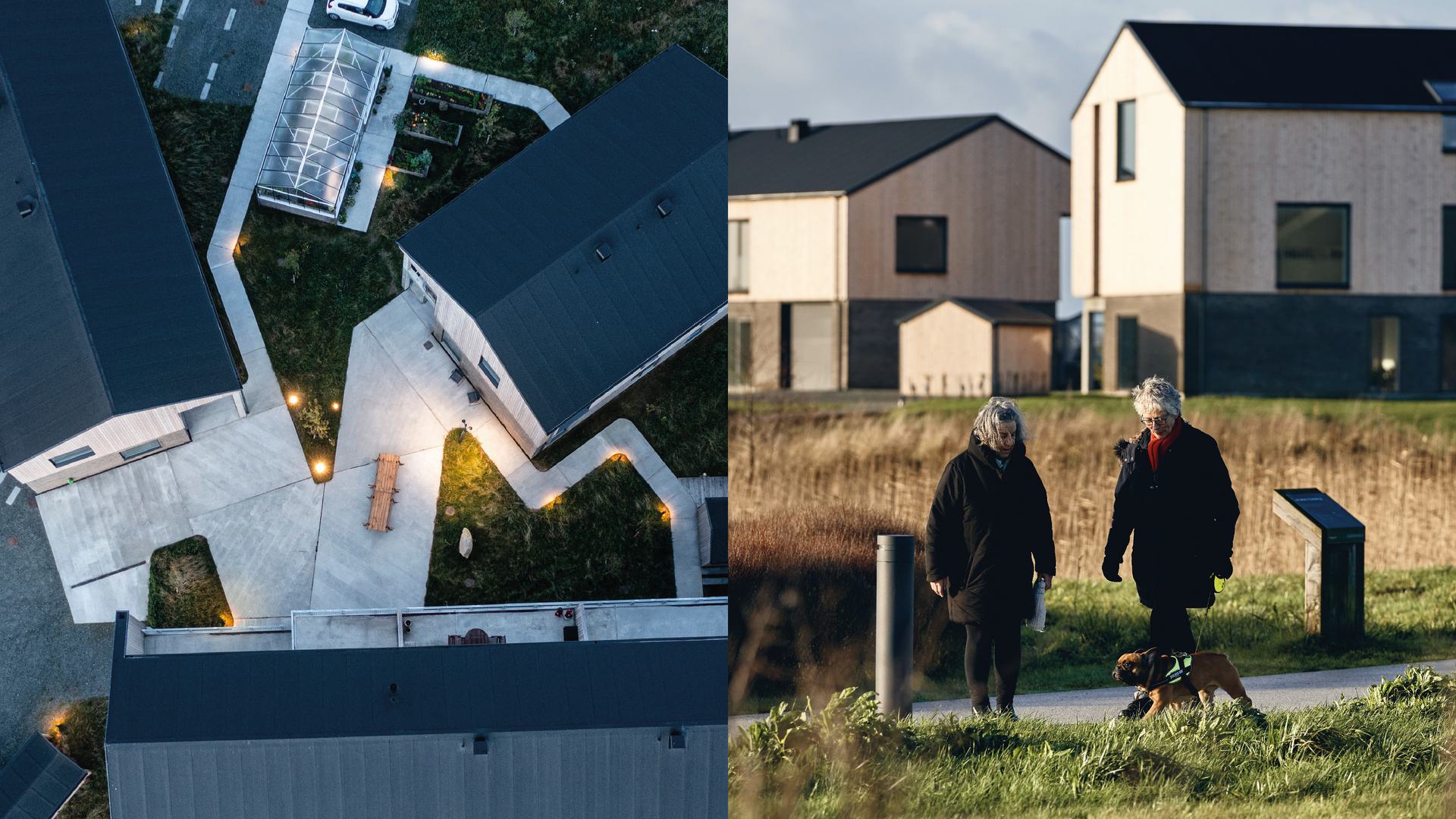
Spontaneous encounters create everyday communities
Havtorn provides great opportunities for everyday communities. The senior living community consists of three buildings and an orangery, with each building having integrated communal facilities. The layout of the buildings creates visual contact and orientation towards a common centre and a number of shared facilities, and hereby supports the everyday community, creating informal meetings in everyday life. In the communal house of the living community, residents gather both spontaneously and planned, for example, for communal meals on Fridays.

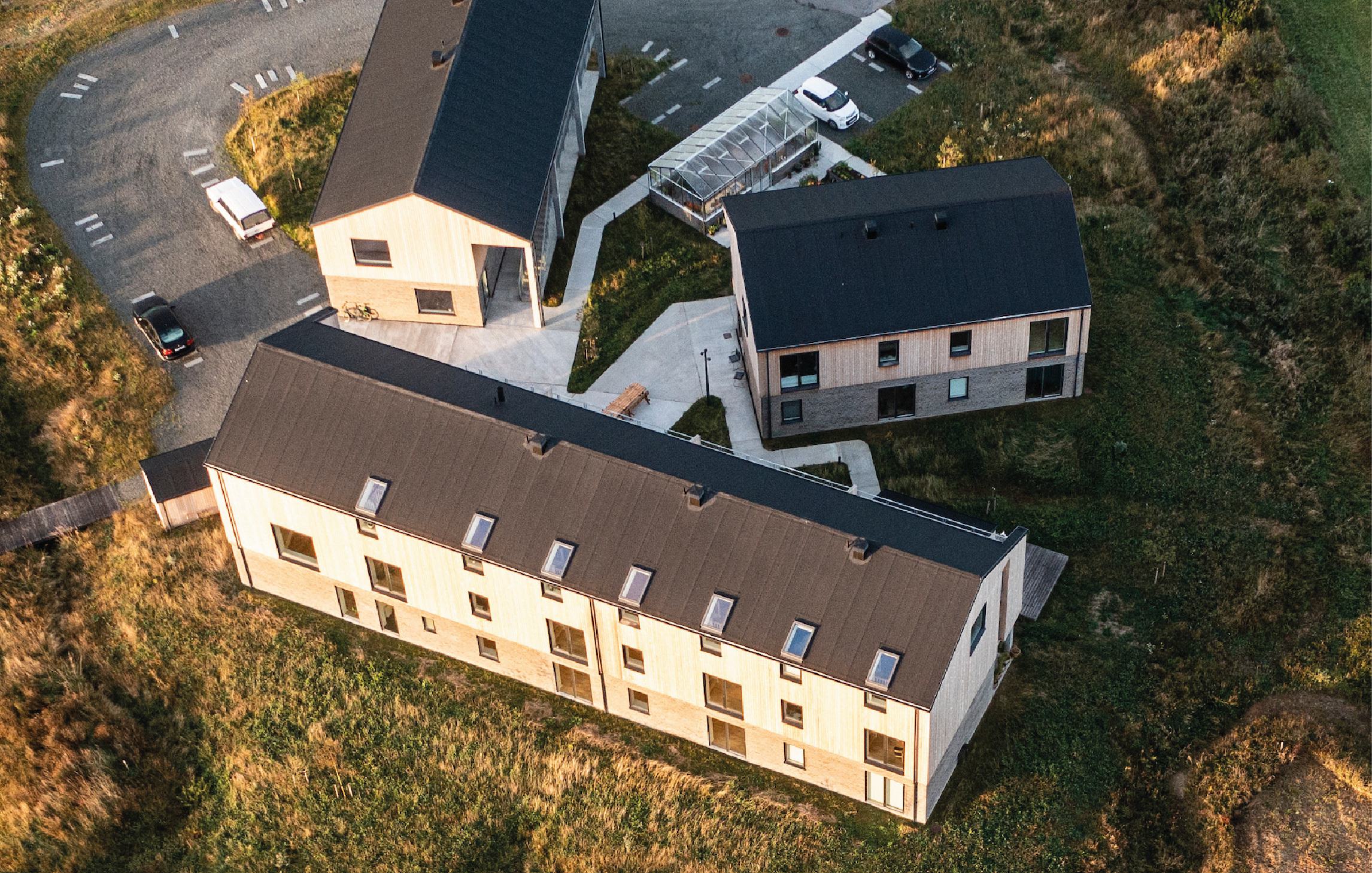

I can be on my own, but I never feel lonely. That’s why I love a daily life filled with community. Just the fact that you have someone to eat with and you have someone to socialise with.- One of the senior community residents


Nature and outdoor facilities create communities of interest
Another important community is the community of interest. In Havtorn’s common house with kitchen and living room, people meet for cooking and socialising. Between and around the three buildings in the senior living community, nature is included as a central part of the community, where residents use nature and the orangery to pursue common interests, especially during the summer months. The layout and transparency of the buildings, with views into and out of the orangery and the area between the buildings, supports the community and makes it easy to seek each other out. People talk about nature, go on nature walks and meet up to cultivate in the orangery.
Havtorn has a low occupancy rate, which has both advantages and disadvantages. The low number of residents makes it easy to create activities where all residents participate. But it also means that it can be more difficult to develop communities of interest that require both people who take initiative and residents with common interests.
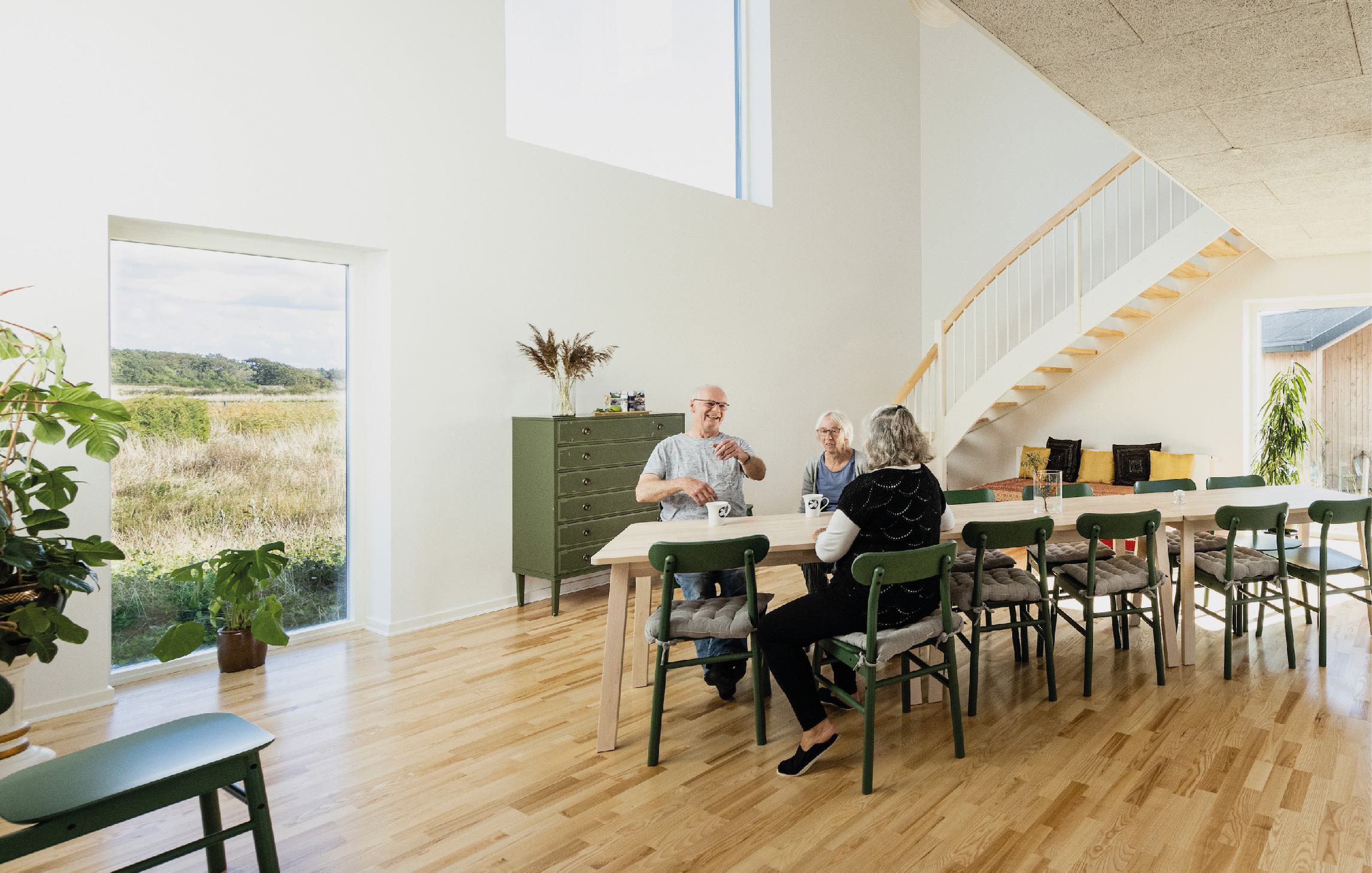
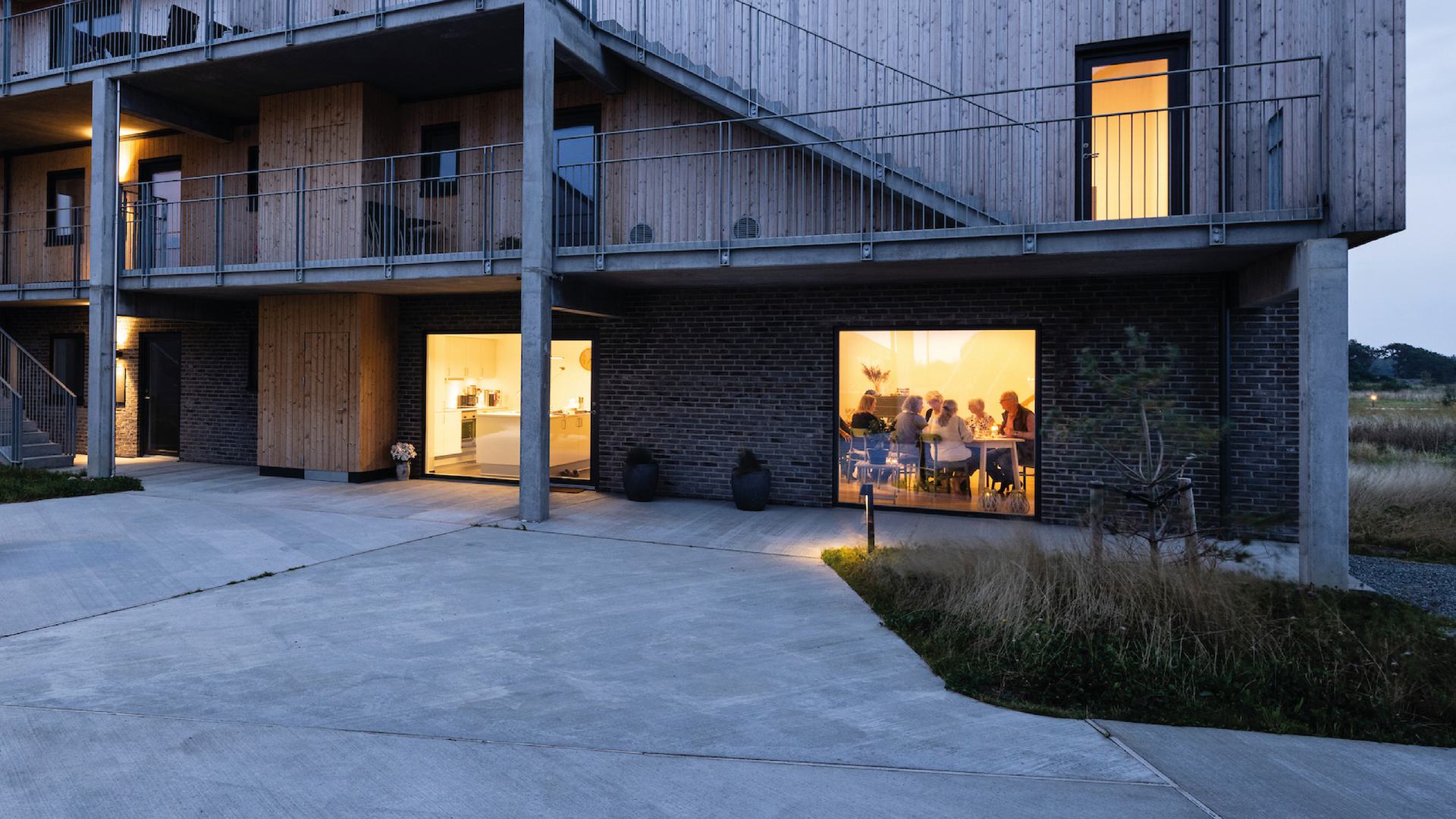
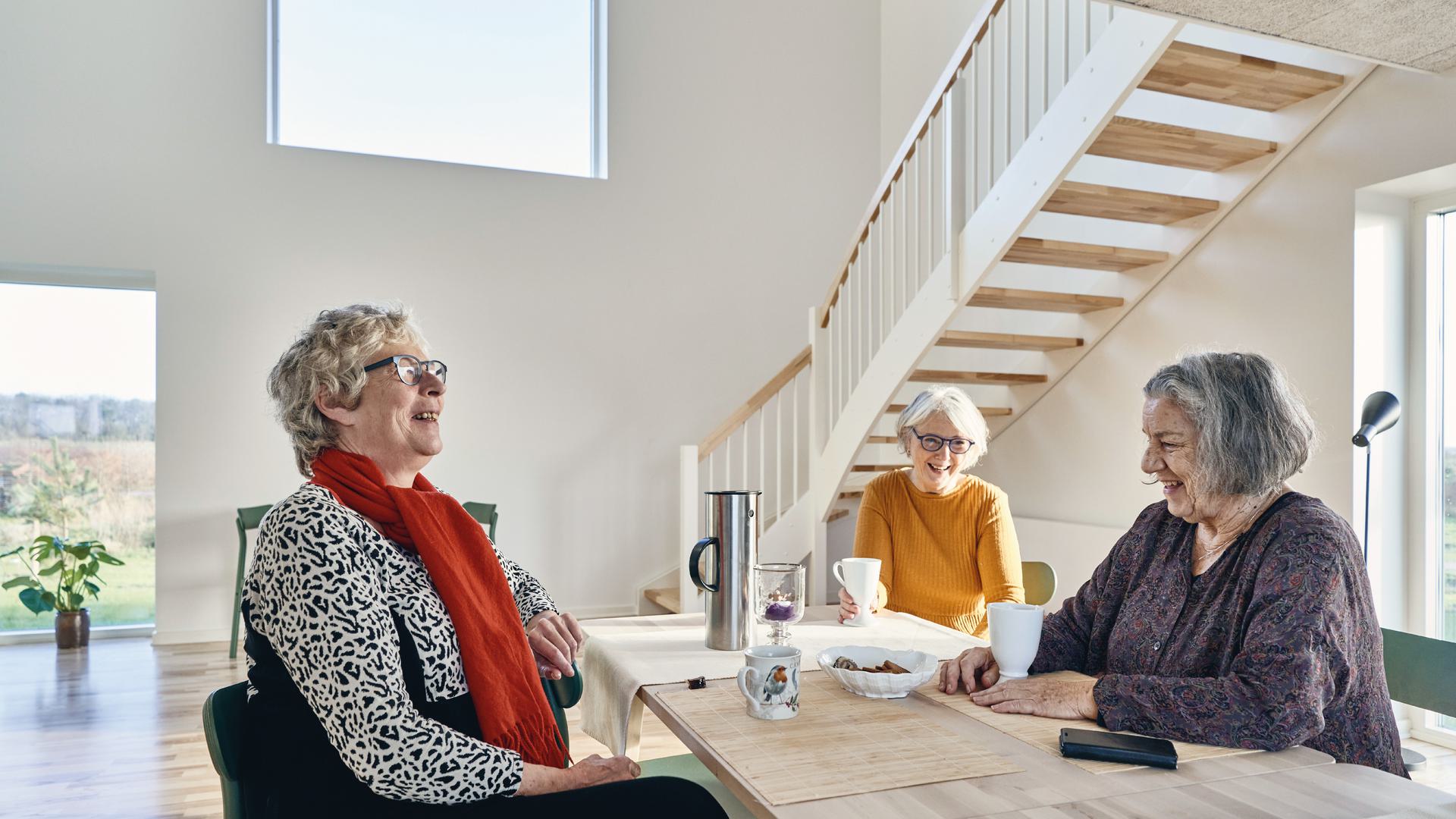

My favorite place is here in the community house and greenhouse. They work particularly well because there’s space to socialise and do things together. Here, my approach to community is given room to breathe.- One of the senior community residents


No community without room for privacy
Despite the architecture's strong focus on community, the homes in the living community also provide good opportunities for privacy, and especially those living on the first floor find that they can withdraw from the community as needed. The homes’ private terraces offer the opportunity to sit by yourself while still being oriented towards the community.

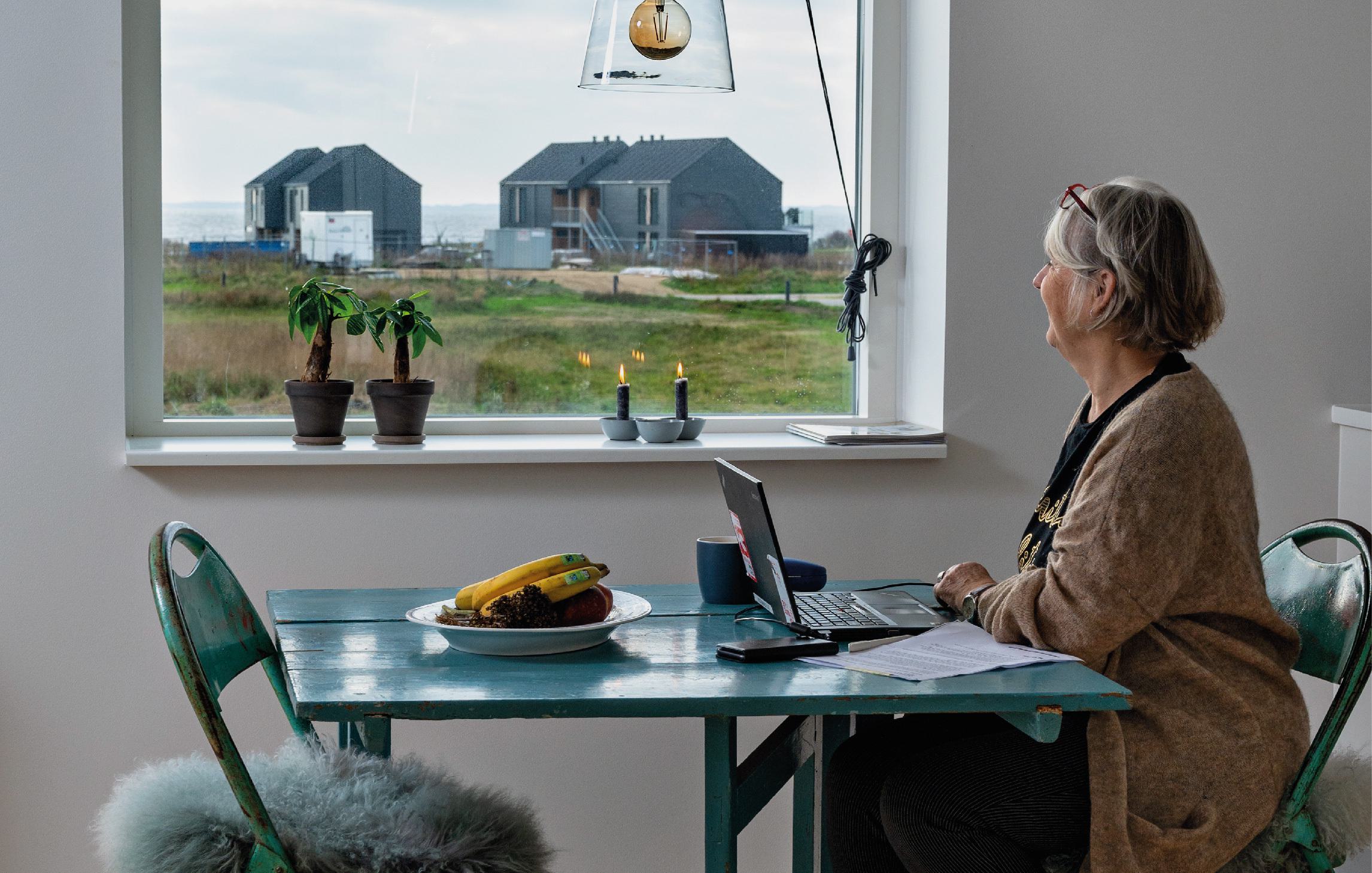
The desire for a future-proof home
The residents of Havtorn are happy to have their own home. They value the quality of the home, the view of the surrounding nature and the amount of light. But the resident group in Havtorn is older than expected, which has its challenges because there are stairs in the community centre and in some of the housing units. This can be a barrier, as the home is not seen as future-proof.
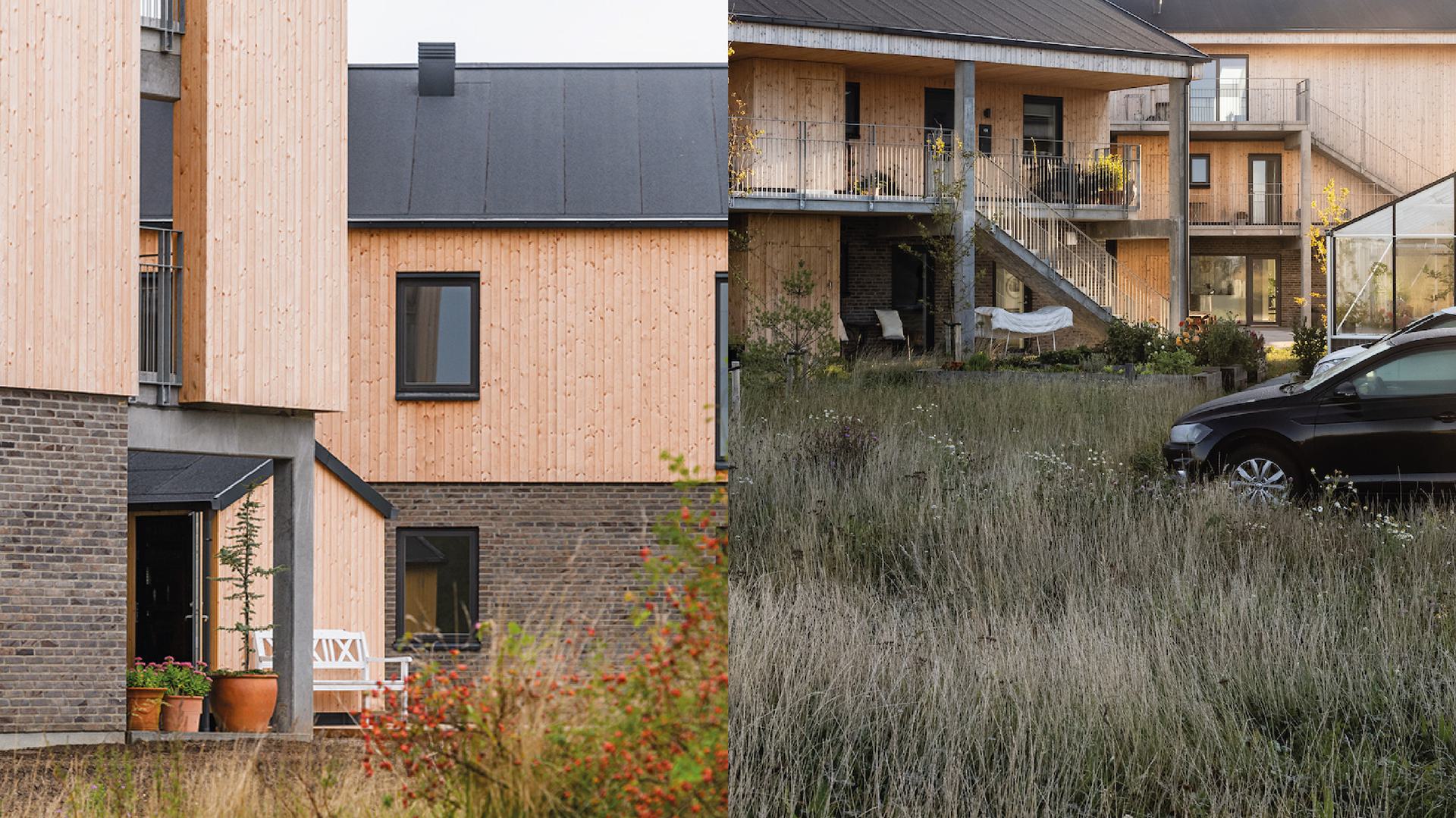
Behind the impact case
The impact case is based on an evaluation report conducted by our impact team from 2021-2023, including visits and interviews with residents. During the interviews, the residents performed a series of exercises where they had to assess what works well for community and privacy and how often they are used. The AART Impact CompassTM is used as an evaluation tool throughout.
Read the evaluation report here
